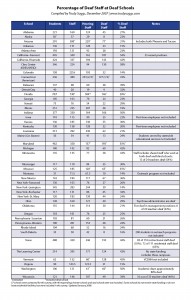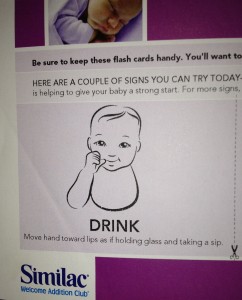This article originally appeared at i711.com in October 2007, and was updated April 5, 2013. Click here to see the second part of this article.
As someone who has traveled the nation presenting on a variety of topics, I figured I’d share some words of wisdom and list the top ten things to do when working with presenters. A quick disclaimer: These tips are written for those who coordinate presenters. I also have a list of tips for the actual presenters, but that’s a different article.
1. Have bottled water ready. Have bottled water ready for presenters. This should be a no-brainer, but it apparently isn’t. I arrived at an out-of-state presentation only to find that there was no water, nor a vending machine. The annoyed coordinator went to the sink and got tap water that was muddy in a smeared glass. I didn’t drink it. (After the presentation, he also gave me a crumpled up check that he dug out from his disgustingly tight jeans.) I’ve learned to bring my own water, but when traveling, that isn’t always possible. If you provide the presenter with a reusable water bottle, make sure the water is fresh. [Read more…]

